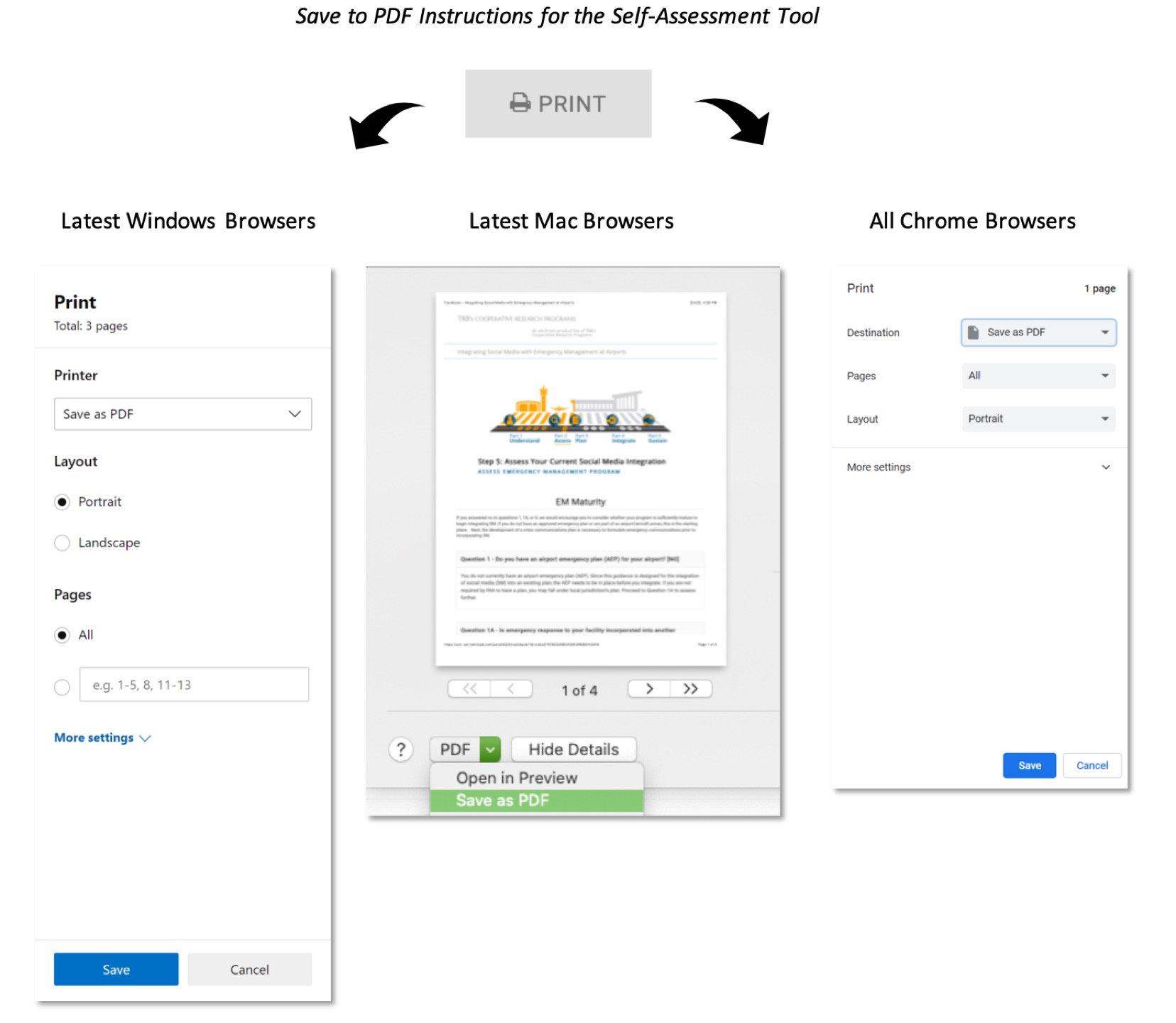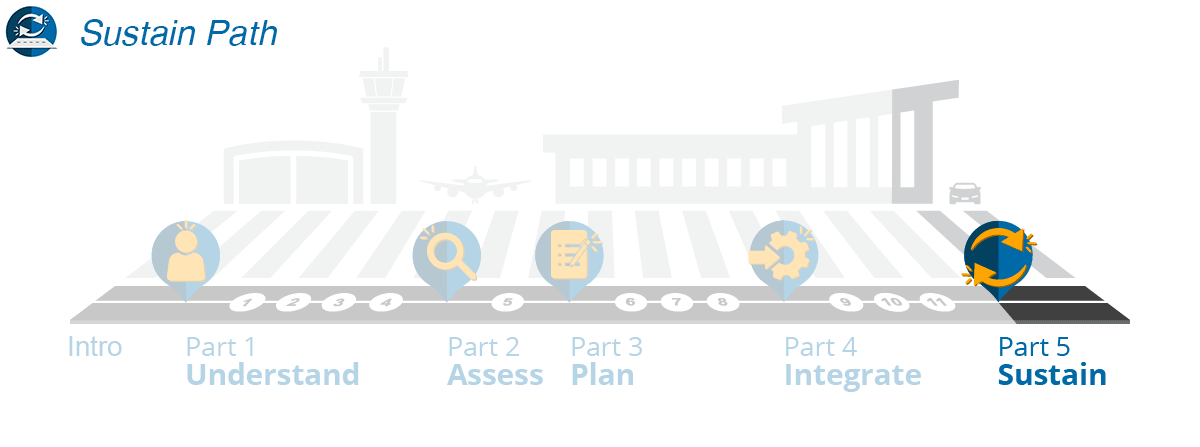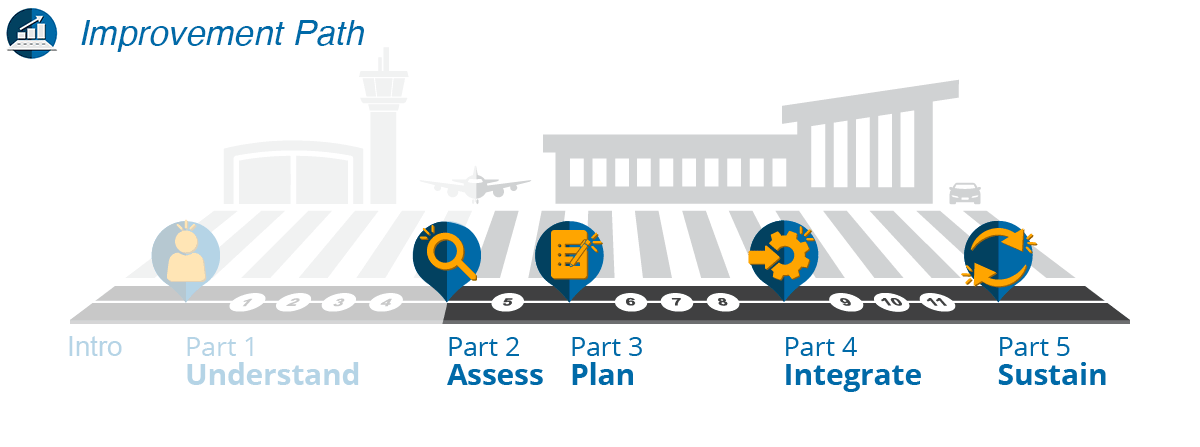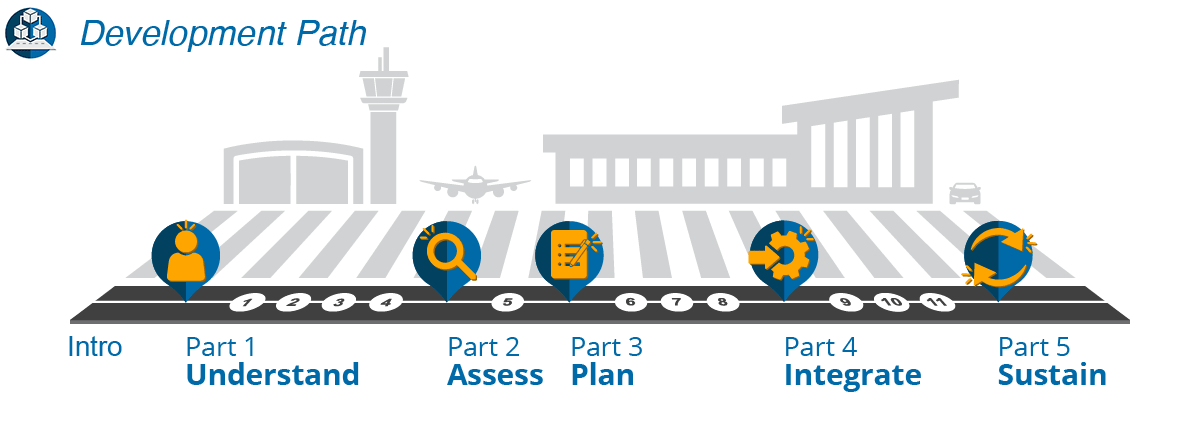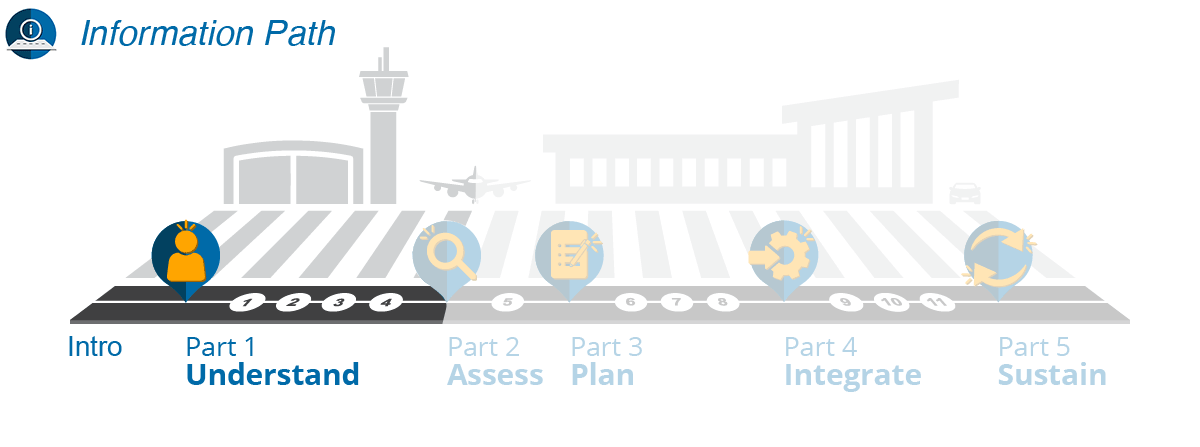Executive Summary
Introduction: The Need for and Value of Social Media in Emergency Management
Click here if you prefer a PDF copy of this Executive Summary.
With the rise of social networking and the ubiquitous nature of messaging apps, social media (SM) has transcended its role as an entertaining pastime to become a vital part of our lives. In this connected culture, individuals and organizations widely accept that SM is an important, if not crucial, tool for disseminating and promoting information; airport organizations are no exception to this. In light of the reach of SM and its ability to connect organizations with their customers, SM managers are becoming invaluable to emergency management (EM) in information gathering and sharing. Integrating SM with EM (SMEM) is proving highly useful during incidents, emergencies, and irregular operations for situational awareness and assisting emergency teams in returning operation to normal.
With airport and airline reputations on the line and the speed at which an incident can go viral on the web, airport SM and emergency managers are in need of a program for providing critical information to the public and to those responding to incidents. The focus of this WebResource is therefore helping airport operators build an SMEM program. For those airport operators that already have an SMEM program, this WebResource can aid in improving and sustaining your SMEM program. Figure 1 demonstrates that with proper integration, SM can complement EM.

Figure 1: The Need for Integration of Social Media and Emergency Management
SMEM can improve situational awareness through listening to public SM platforms. The information can then be shared by publishing updates and providing direction to customers. Further, SMEM includes effectively engaging in conversations with the airport community (traveling public, stakeholders, and business and government partners) to answer questions and provide valuable discussion during an incident. Effectively applied, an SMEM program promotes valuable communications and awareness to expedite operations returning to normal.
For all of this to happen, the SM and EM managers at an airport should work together to lead the development of an SMEM program as the program champions. Bringing these disciplines together is a team effort; the champions will serve as the focal point for bringing all groups with a stake in SM (airlines, tenants, airport departments, federal partners, local government, etc.) and incident response (first responders, mutual aid, emergency dispatch, hospitals, volunteer organizations, etc.) together for shared situational awareness and coordination of response.
Who Is This WebResource For?
While this WebResource is beneficial for anyone who has a role in SM interaction or uses information from SM while responding to incidents, the EM and SM managers are its primary audience. Nonetheless, airport executives, first responders, and airport stakeholders (including local, state, and federal agency partners) will find great value in understanding the benefits of an SMEM program. Read Part 1: Understand to learn why your airport should consider an SMEM program and to understand the value that first responders, stakeholders, and other support groups bring to the program.
The WebResource takes a step-by-step approach to guiding users through the process of developing an SMEM program:
- Part 1: Understand is focused on providing an understanding of SM, its uses in EM, and the benefits and challenges that it brings. (four steps)
- Part 2: Assess gives the option of separately assessing the airport’s SM and EM maturity and determining the current level of integration.
- Part 3: Plan and Part 4: Integrate guide users through planning the SMEM program and establishing the integration. (three steps each)
- Part 5: Sustain guides users through maintaining and growing their SMEM program and preparing for future innovation.
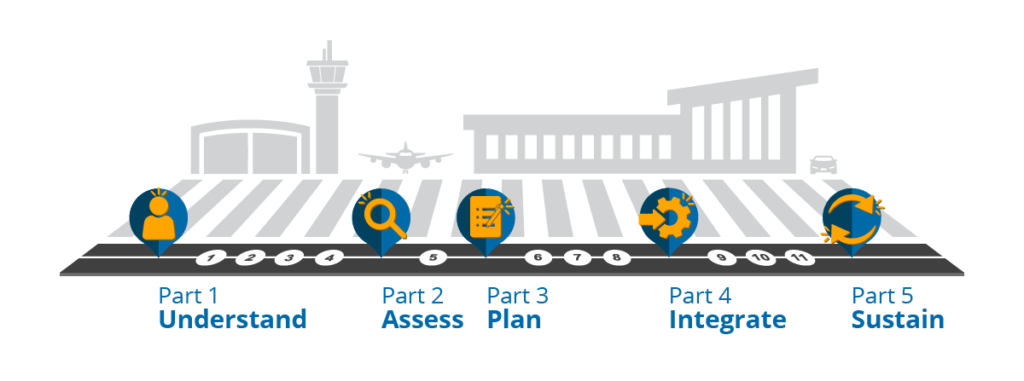
Figure 2: Layout of the SMEM Program Development Process
We structured this WebResource to enable readers to set their own pace based on whether they are just looking for information, or they are seeking to develop, improve, or sustain an SMEM program.

Figure 3: Paths Through ACRP WebResource 8
As you seek to build your SMEM program and bring your stakeholders on board, you can download and distribute this informational handout to help generate interest in your efforts.
